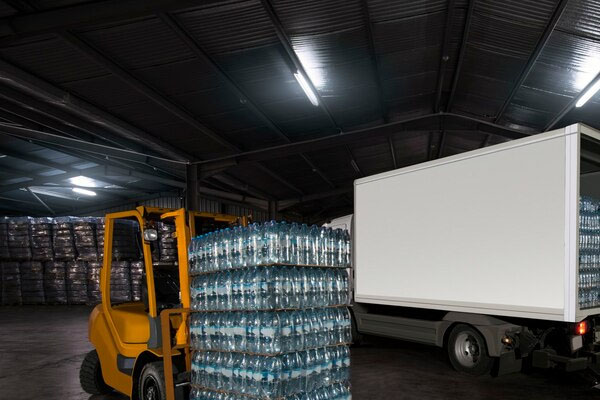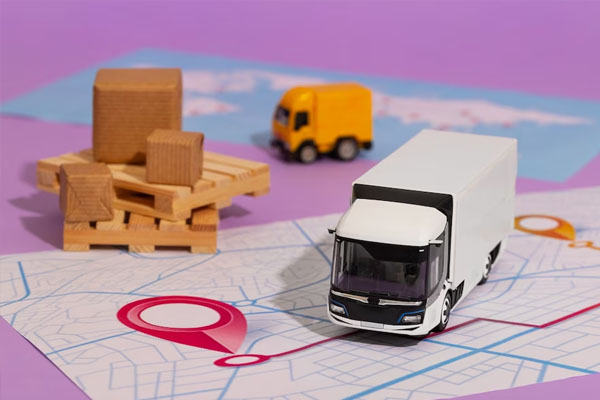The cold supply chain is a complex and critical component of the food and pharmaceutical industries. It involves consistently maintaining a specific temperature for sensitive products, including food, pharma and intermediaries. However, in spite of the significant role it plays in creating food security and maintaining efficiency of pharma products, the sector is marred with several challenges.
In this blog, you will find 5 of the most common challenges the cold chain industry faces today, along with some possible solutions.
#1 Inconsistent Temperature

Maintaining the right temperature, consistently, is the most fundamental challenge of the cold supply chain. If a product is exposed to temperatures that are too high or too low, even for short period of time, it can result in spoilage, loss of quality, or even pose a health risk.
To ensure consistent temperature control, it's important to invest in well regulated, quality refrigeration equipment for storage and transport, establish standard operating procedures, and have a system for real time monitoring of temperature, both in storage and in transit.
#2 Infrastructure

In many parts of India, the cold supply chain infrastructure is underdeveloped. There are storage environments where products are kept either in too low or moderately high temperatures, inadequate refer vehicles, lack of skilled labour to handle the products, the use of thermocol boxes for last mile deliveries, all of which can result in delays, spoilage, and increased costs.
To overcome these challenges, the Indian government has been working to upgrade and
expand the country's cold chain infrastructure, including the development of dedicated refrigerated storage facilities and transport networks. In addition to this, tech adoption by logistic service providers, can help solve efficiencies on the ground level.
#3 Energy Costs

Refrigeration is energy-intensive, and energy costs can be a significant burden for cold chain operators. To reduce energy costs, many companies are turning to renewable energy sources, such as solar and wind power, to power their refrigeration systems.
In addition, advances in refrigeration technology, such as the use of natural refrigerants, are helping to reduce energy consumption and minimize environmental impact.
#4 Transportation

Maintaining temperature-controlled environments during transportation is critical to the success of the cold supply chain. Delays, misrouted shipments, and other logistics issues can result in spoilage, loss of quality, and increased costs.
To minimize these risks, it's important to invest in reliable logistics providers, establish clear communication channels, and implement real-time tracking and monitoring systems.
#5 Visibility and Traceability

Visibility and traceability are key components of a successful cold chain. By having a clear understanding of where a product is and what temperature is it being held at, consistently, can help cold supply chain providers and clients to identify and address any issues in a timely manner and avoid
To achieve visibility and traceability, many companies are turning to blockchain technology, which provides a secure and tamper-proof record of a product's journey through the cold chain.
Conclusion
In conclusion, the cold chain is a complex and challenging industry that requires investment in technology, infrastructure, and logistics.
By addressing the 5 common challenges outlined above, cold chain operators can ensure that their operations are efficient, cost-effective, and able to deliver quality products to customers.
With the continued growth of the global demand for temperature-sensitive products, the importance of the cold chain will only continue to grow, making it more critical than ever to overcome these challenges.







